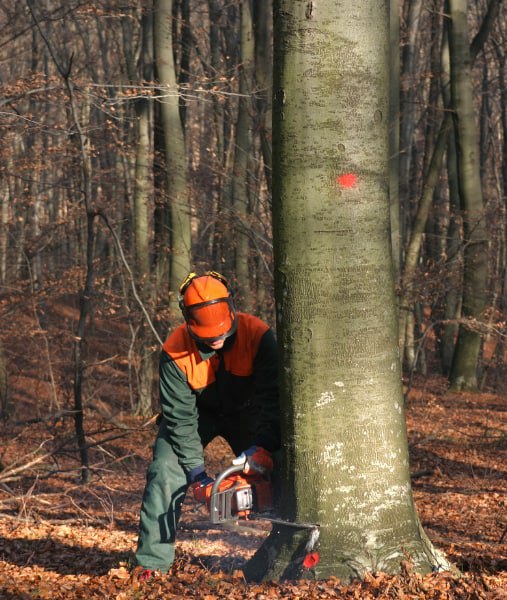
Introduction: Ecosystem restoration is a critical endeavour to revive and enhance the health and functionality of natural environments. One essential group of professionals contributing to this effort is arborists. Arborists play a vital role in ecosystem restoration projects by preserving, protecting, and enhancing the tree components of these ecosystems. In this blog post, Hawkhurst Tree Surgeons will delve into the significant contributions of arborists in ecosystem restoration initiatives.
The Importance of Ecosystem Restoration
Ecosystems, whether forests, wetlands, or urban green spaces, provide numerous benefits, including:
- Biodiversity: Healthy ecosystems support a wide range of plant and animal species, contributing to biodiversity.
- Carbon Sequestration: Trees and vegetation play a crucial role in capturing and storing carbon, mitigating the effects of climate change.
- Water Quality: Ecosystems help filter and regulate water quality, benefiting humans and wildlife.
- Recreation and Aesthetics: Natural spaces offer recreational opportunities and enhance an area’s aesthetics, improving residents’ quality of life.
- Flood Control: Wetlands and forests can help mitigate flooding by absorbing excess water.
The Role of Arborists in Ecosystem Restoration
- Assessment and Planning:
- Arborists are involved in the initial assessment of ecosystem restoration sites. They evaluate the health of existing trees and vegetation, identify invasive species, and assess potential risks.
- Arborists help develop restoration plans that include removing invasive species, planting native trees, and implementing strategies for tree preservation.
- Tree Planting:
- Arborists are experts in tree selection, ensuring the right species are chosen for the specific ecosystem. They also take into account soil conditions and local climate.
- Arborists oversee the planting process, ensuring proper planting depth, spacing, and care to maximise tree survival rates.
- Tree Care and Maintenance:
- Arborists provide ongoing care for the trees within restoration projects. This includes pruning, mulching, and monitoring for pests and diseases.
- Regular maintenance ensures trees remain healthy and can contribute to the ecosystem for years.
- Invasive Species Management:
- Arborists are skilled in identifying and managing invasive species that can threaten the health of native vegetation.
- They develop strategies to control and remove invasive plants, allowing native species to thrive
- Tree Preservation:
- In cases where existing trees are vital to the ecosystem, arborists implement measures to protect and preserve these trees during construction and restoration activities.
- Techniques such as tree bracing and cabling enhance the stability of important trees.
- Education and Community Engagement:
- Arborists play an educational role, informing communities and stakeholders about the importance of ecosystem restoration and the value of trees.
- They engage with residents and volunteers, fostering a sense of stewardship for the restored areas.
Conclusion: Arborists are essential partners in the success of ecosystem restoration projects. Their expertise in tree care, preservation, and management ensures that trees and vegetation contribute effectively to restoring natural environments. Through their dedicated efforts, arborists help create healthier ecosystems that benefit the environment and the communities that rely on them. Hawkhurst Tree Surgeons is proud to participate in these vital restoration efforts and encourages everyone to support and engage in ecosystem restoration initiatives in their local area.
Call us on: 01580 234694
Click here to find out more about Hawkhurst Tree Surgeons
Click here to complete our contact form and see how we can help with your tree’s needs.